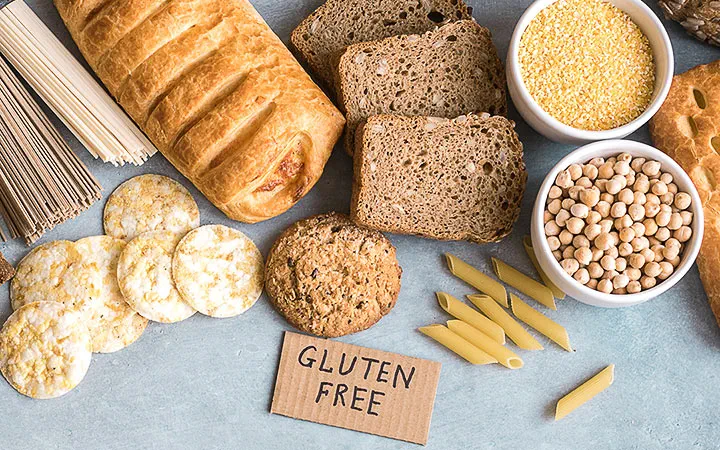The Heart of a Gluten Free Diet – Why a Good Loaf Matters More Than You Think

For many of us, a good loaf of bread is a staple part of our everyday lives. Traditionally, gluten plays an important role in the baking process for a loaf of bread, so for those who have been diagnosed with coeliac disease and who can no longer eat foods that include gluten, finding the right type of gluten free bread is vital. A fresh gluten free loaf with a good taste and texture is a gamechanger for coeliacs and shows you that you don’t have to miss out on your favourite bread products just because you can’t have anything with gluten, gluten free bread is delicious!
Is gluten found in all bread?
Most traditional forms of bread do rely on gluten in some way, and you’ll find it in bread, rolls, pizza bases, and any type of food that starts as a dough. Luckily for you, the experts have found ways to create gluten free bread that hits the spot without losing the texture and taste of a traditional loaf. This means that you’re seeing more options for gluten free bread on the regular supermarket shelves along with gluten free prescription services and niche shopping outlets.
What is gluten free bread?
Put simply, gluten free bread is any loaf of bread that is made from a dough that doesn’t contain wheat, barley, or rye. In their place, expect to see gluten free flour mixes and grains. This includes:
Buckwheat flour – a rich and earthy flavour that is best combined with another gluten free flour to prevent a crumbly texture in a loaf. There are some incredible buckwheat flour recipes for a variety of dishes.
Millet flour – finely ground and soft, this provides a lighter texture to a gluten free loaf.
Teff flour – a small grain with massive nutritional value, it has a mild flavour and works well with buckwheat and almond flour.
Sorghum – a light and mild sweetness to its taste, it produces a heavy bread.
Amaranth flour – A nutty flavour and packed with nutritional value, it’s a good mixer with another gluten free flour.
Almond flour – easy to use and helps to create a light loaf that remains sturdy.
Cassava flour – a neutral taste that makes it the most similar to a conventional wheat flour.
Coconut flour – again, similar to wheat flour, you must be aware that it absorbs more liquid than the other flours on this list.
Benefits of going gluten free
Aside from the benefits of having a good solid loaf of bread in your life when you have been diagnosed with coeliac disease, there are some other benefits to eating gluten free bread linked to the flours we’ve mentioned above. For example, amaranth is full of protein and vitamin C, teff is high in calcium and vitamin C, and buckwheat is a great source of zinc and copper.
If you are looking for the perfect gluten free loaf and you have recently been diagnosed with coeliac disease then you might be in luck. Speak to your GP about gluten free products on prescription. You may be eligible to claim gluten free bread and other gluten free products on prescription. This is a fantastic way to learn about gluten free products and to gain access to some cupboard essentials that you know are gluten free, giving you peace of mind at a time when you are changing your diet to remove gluten entirely.